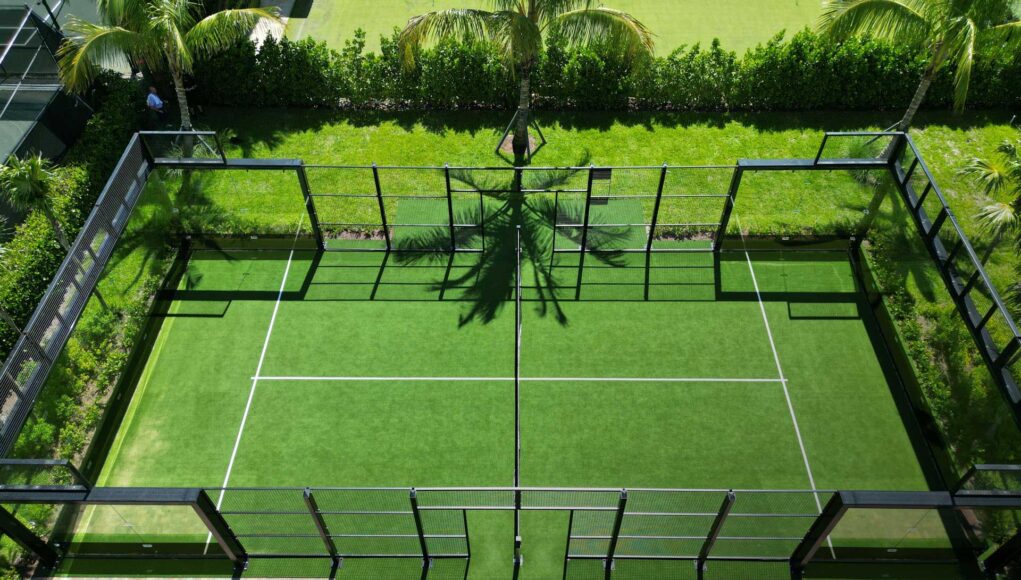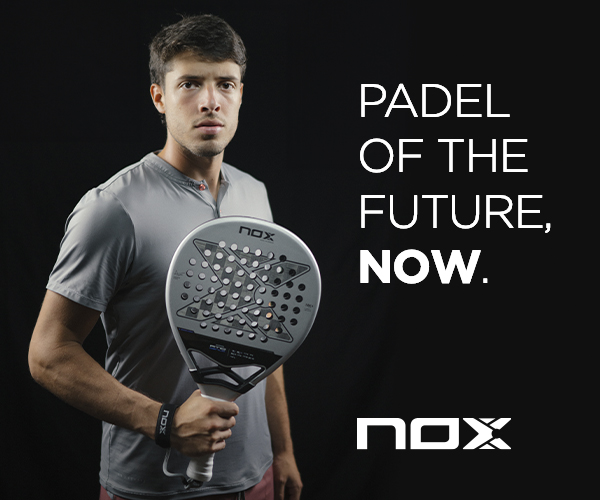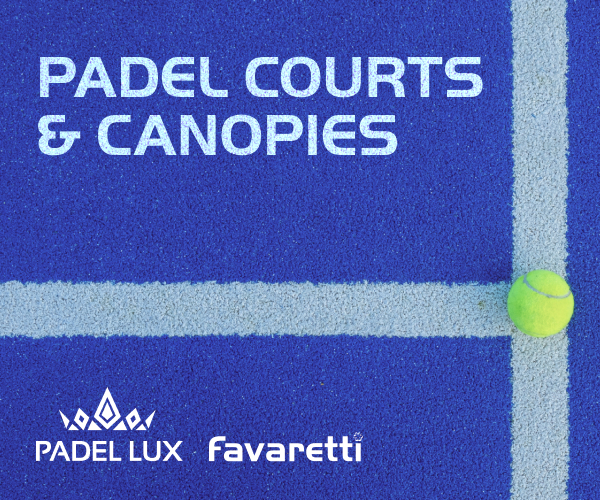Growing up in Colorado, hurricanes weren’t exactly something that I spent much time thinking about. But after nearly two decades of living in places like coastal Virginia, New Orleans, and Charleston, SC, they’re now at the top of my mind for about six months out of each year. Which is why I was intrigued to learn that our friends at PADEL-LUX have developed one of the world’s first “hurricane-proof” padel courts.

At first glance, it’s immediately clear that their Cat 5 court is far more ruggedly handsome than any other padel court I’ve personally laid eyes on. In fact, it reminds me of the padel world equivalent of a Land Rover Defender 90 — and with good reason.
According to PADEL-LUX, “Our Cat 5 courts are constructed using the highest-quality materials and are designed to withstand extreme weather conditions like Category 5 hurricanes. They’re built to resist strong winds, heavy rain, and flying debris while still maintaining unobstructed rear views and aesthetic appeal.”
It’s also clear from my conversation with Joe Gross and Brad Hoffman, both of whom are partners at PADEL-LUX, that they are not only incredibly knowledgeable about the complex technical aspects of court building, but also very passionate about it as well. Yet they are quick to point out that when it comes to court building, the actual court itself is only a small part of the equation.
To that end, Hoffman says, “We’re not selling a product, we’re selling a service. When we finish an initial client meeting the court rarely comes up. The court is not our driving factor. Obviously, it’s important, but it generally represents less than 20% of the value of the project. There’s a ton of other information that has to go into it first. You can’t just sell courts and try to stick square pegs in round holes.”
He continues, “We get real into the weeds. Maybe that’s a better way to say it.” And they certainly do. For the next few minutes Hoffman delves deep into everything from soil composition… to maximum-sustained-wind loads… to metric conversions… to county-by-county permit requirements in South Florida. Let’s just say if you could get a PhD in padel court building, Brad would most definitely be Dr. Hoffman.
Gross can tell I’m actually a bit lost in the weeds at this point and offers up the CliffsNotes version, saying, “We always approach everything from a very ‘cautious’ standpoint. Our number one goal is to make sure that whenever we’re putting up a court anywhere that safety is top of mind — and when it comes to working with clients in places like South Florida or the Caribbean, we knew the focus had to be on hurricanes.”

The Growing Threat That’s Creating the Perfect Storm
PADEL-LUX recently installed their first Cat 5 court at a private club on Palm Beach Island and Hoffman notes that while the Cat 5 far exceeds the requirements there, many other off-the-shelf courts currently on the market simply won’t work in places like Key Biscayne, on the water in South Beach, or on the water in many outlying islands around the U.S. and Caribbean, which presents a huge opportunity.
Because, while padel is currently exploding across the U.S., much of its future growth will no doubt occur in warmer coastal locations highly susceptible to hurricanes, which are only forecast to get more frequent and destructive over time.
Of course, the first thing that springs to mind for most people is South Florida, but Hoffman points out there are many other hurricane-prone areas that people tend to forget about like Texas (from South Padre Island up to Houston), the Gulf Coast of Florida, the Carolinas, and the Hamptons — where PADEL-LUX has already done multiple court installations.




When I ask what PADEL-LUX’s number one goal is with their new Cat 5 court offering, Gross says, “Ultimately, what we’re trying to convey to the market — and to the padel world — is that we’re always working in the best interest of the client and the best interest of the community. Because, you know, at the end of the day this is serious construction. You’re dealing with heavy glass and metal and things where people can get injured.
So, we take all the right necessary steps, including overseeing the engineering, working with the right architects, and having W2 employees that are insured through our umbrella policy. We do everything by the book and we don’t cut any corners. We go to really great lengths to ensure the safety of everyone who works and plays on our courts from start to finish.”
And with both hurricanes and padel playing a bigger and bigger part of everyday life in much of the U.S., offering a hurricane-proof padel solution certainly seems like it will be in many clients’ and communities’ best interest going forward.
For further information on PADEL-LUXE’s Cat 5 courts and all of their custom-designed padel court offerings and solutions, please visit their site.














